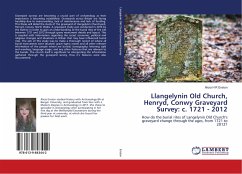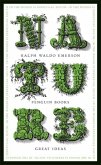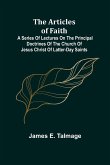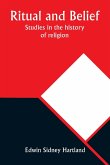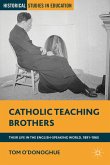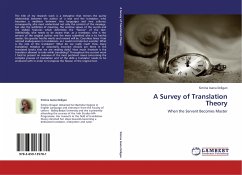Graveyard surveys are becoming a crucial part of archaeology as their importance is becoming established. Graveyards across Britain are facing hardship due to overcrowding, lack of maintenance and lack of funding. This thesis will detail the study of the graveyard of Llangelynin Churchyard, Henryd, Conwy, North Wales. A graveyard study was conducted in 2016 by the Author in order to gain an understanding of the burial rites of the site between 1721 and 2012 through grave monument details and layout. This is coupled with information regarding the social, economic, political and religious changes and situations in Britain that may have influenced burial rites. The aim of this study was to make a thorough record of where all burial monuments were situated; grave types; names and all other relevant information of the people whom are buried; iconography; lettering style and wording; language usage; and any other features that are relevant to the burials. The church itself is significant to interpreting the information gathered through the graveyard survey, thus it's features were also documented.

